Columnar Boxwood: The Ultimate Guide To Growing This Versatile Shrub
In addition to the information provided above, here are some additional tips for growing columnar boxwood:
- Plant columnar boxwood in the spring or fall.
- Space plants 2-3 feet apart.
- Fertilize columnar boxwood in the spring and fall with a balanced fertilizer.
- Water columnar boxwood deeply and infrequently.
- Prune columnar boxwood in the spring to maintain its shape.
If you are interested in learning more about columnar boxwood, I recommend visiting the website Home Gardening. This website has a wealth of information about this type of plant, including its history, care requirements, and different varieties. You can also find photos and videos of columnar boxwood plants, which can help you decide if this is the right plant for your garden.
FAQ of columnar boxwood
- What is columnar boxwood?
Columnar boxwood is a type of boxwood that grows in a tall, narrow columnar shape. It is a popular choice for hedges, topiary, and specimen plantings.
- How do I grow columnar boxwood?
Columnar boxwood is relatively easy to grow. It prefers full sun to partial shade and well-drained soil. It is important to water columnar boxwood regularly, especially during the first year after planting. Fertilize it once a year in the spring with a balanced fertilizer.
- How do I prune columnar boxwood?
Columnar boxwood can be pruned to maintain its shape or to create a topiary. The best time to prune columnar boxwood is in the spring or fall. Use sharp shears to trim the branches as needed.
- What are some common problems with columnar boxwood?
The most common problems with columnar boxwood are scale, mealybugs, and powdery mildew. Scale and mealybugs are sap-sucking insects that can cause the leaves to yellow and drop. Powdery mildew is a fungus that can cause the leaves to become covered in a white powdery substance.
- How do I treat problems with columnar boxwood?
Scale and mealybugs can be treated with insecticidal soap or neem oil. Powdery mildew can be treated with a fungicide.
- How long does columnar boxwood live?
Columnar boxwood can live for many years, if properly cared for. With regular pruning and fertilization, it can reach a height of 10 feet or more.
Image of columnar boxwood
10 different images of columnar boxwood that are free to use:
- Green Mountain Columnar Boxwood
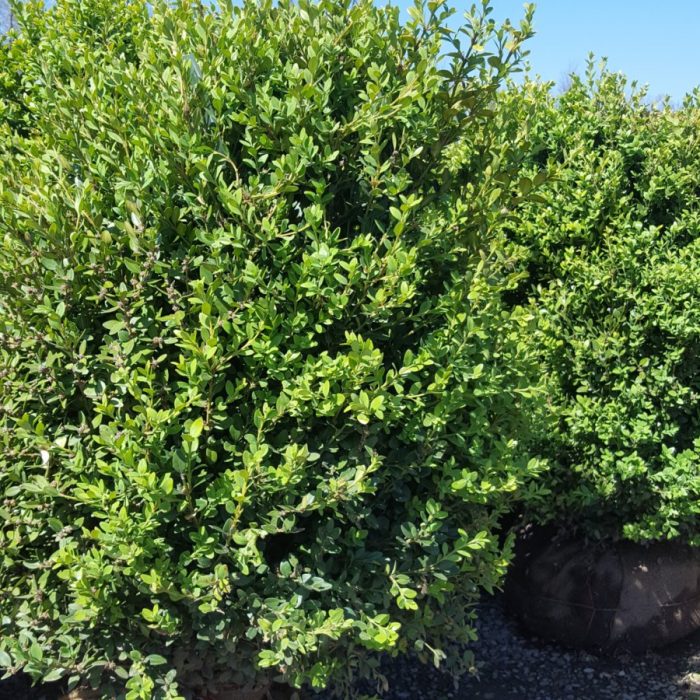
- Winter Gem Columnar Boxwood
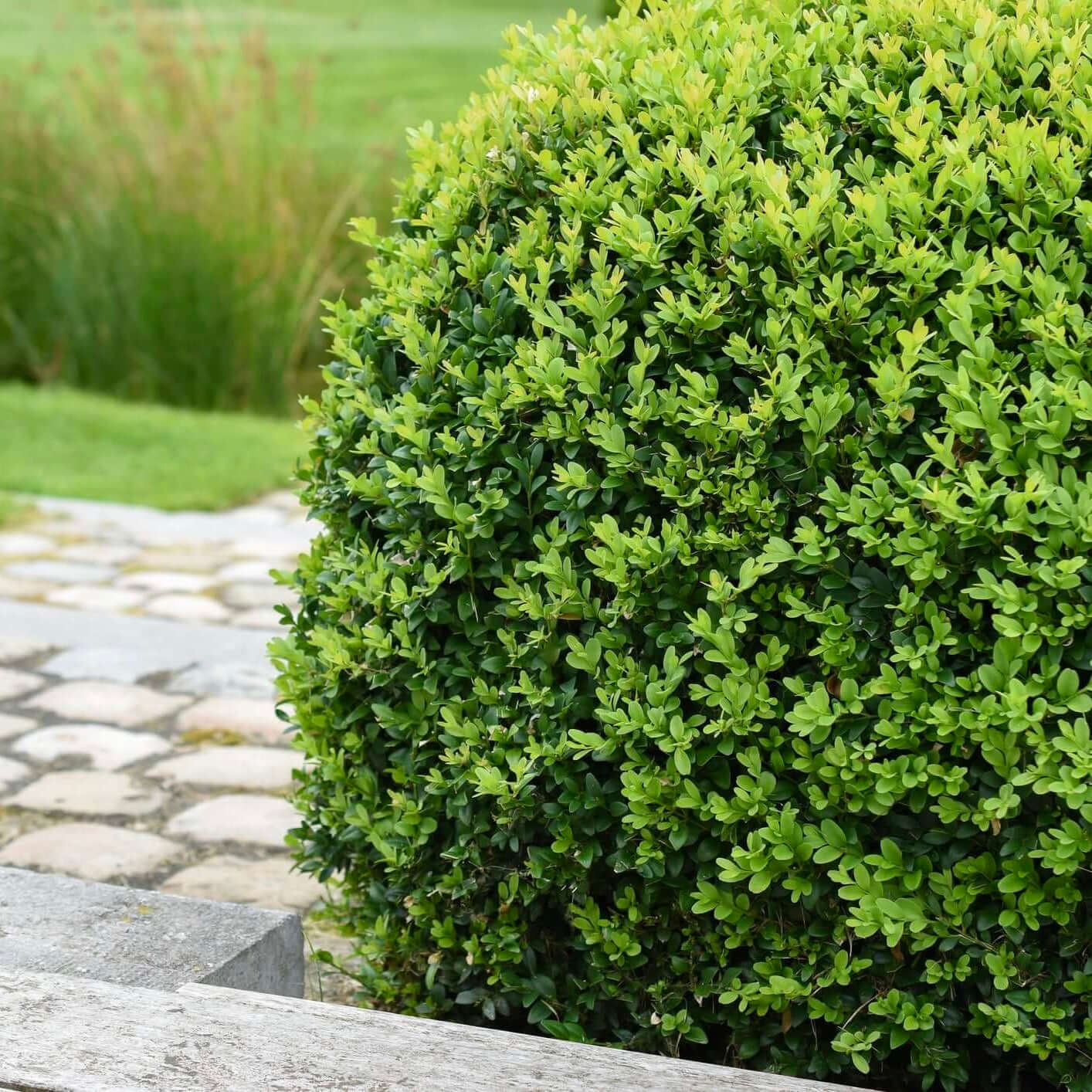
- Little Giant Columnar Boxwood
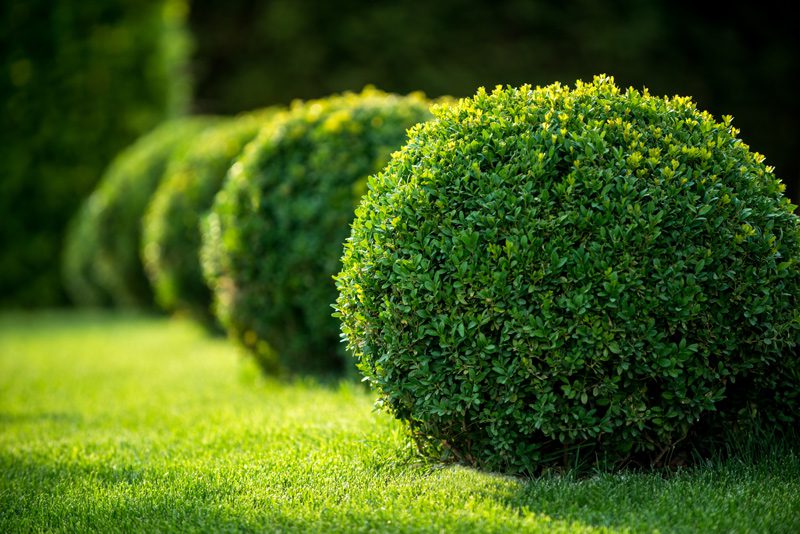
- Fastigiata Aurea Columnar Boxwood

- Emerald Sentinel Columnar Boxwood
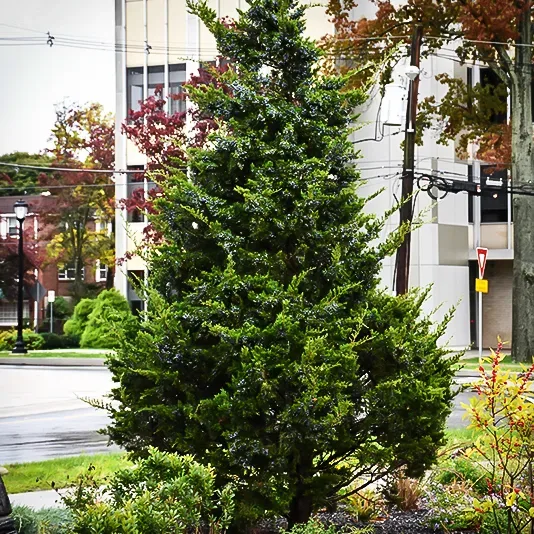
- Green Spire Columnar Boxwood
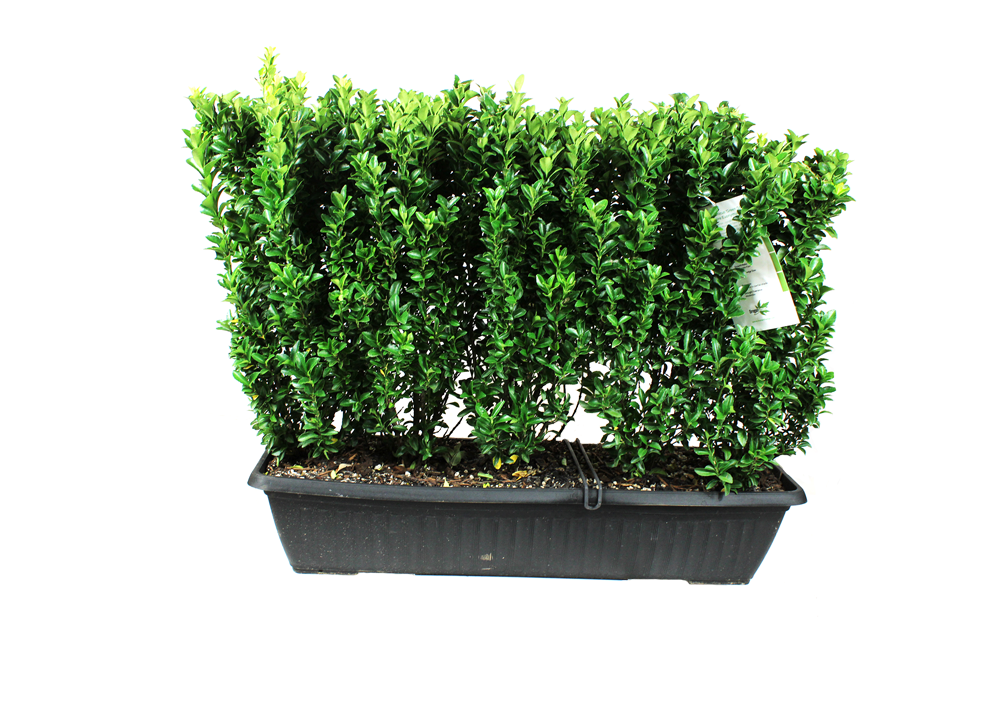
- Green Mountain Emerald Columnar Boxwood

- Green Mountain Gold Columnar Boxwood
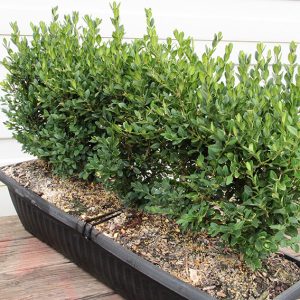
- Emerald Pagoda Columnar Boxwood
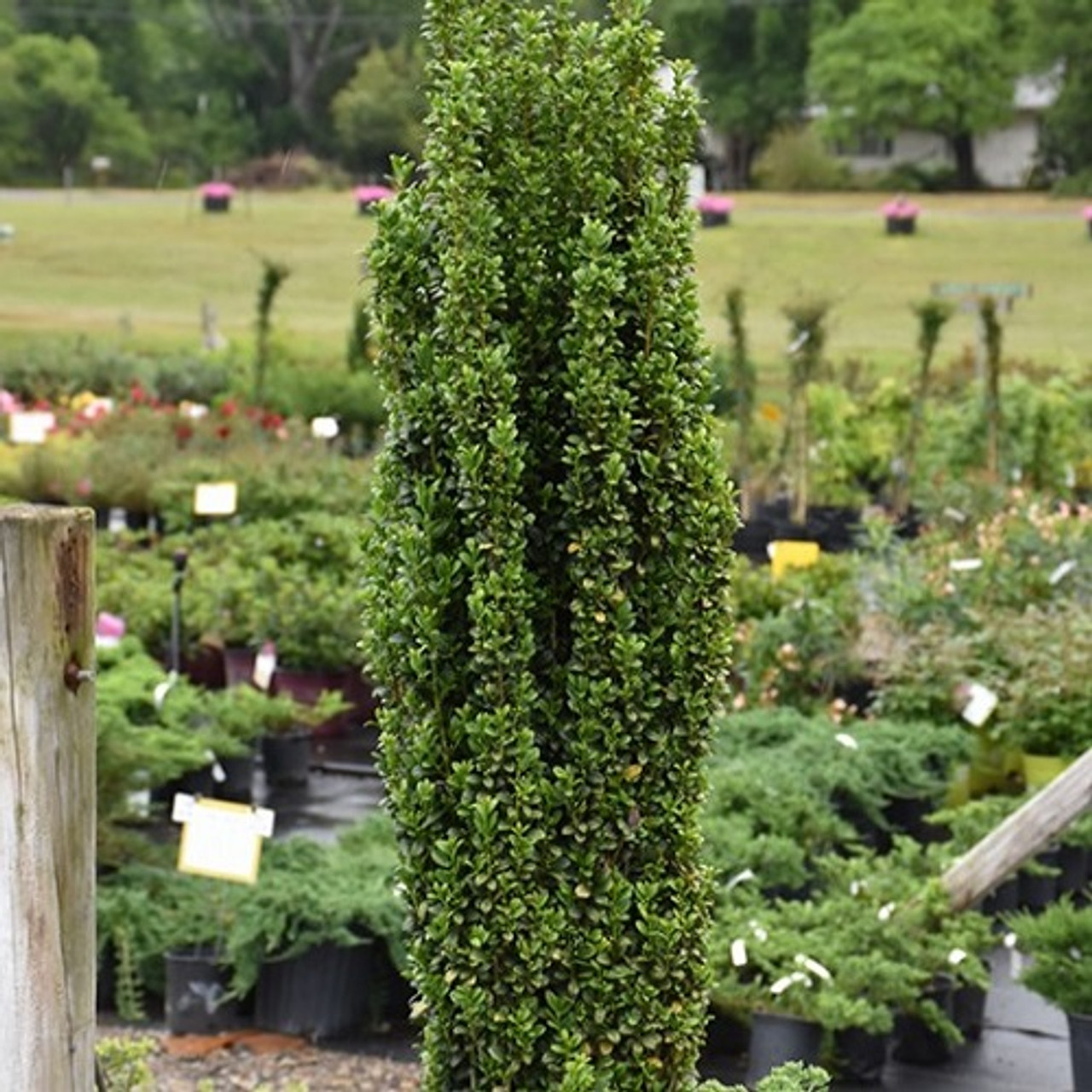
- Winter Gem Spiral Columnar Boxwood
These images are all free to use under the Creative Commons Zero (CC0) license. This means that you can use them for any purpose, without attribution.
Post a Comment for "Columnar Boxwood: The Ultimate Guide To Growing This Versatile Shrub"